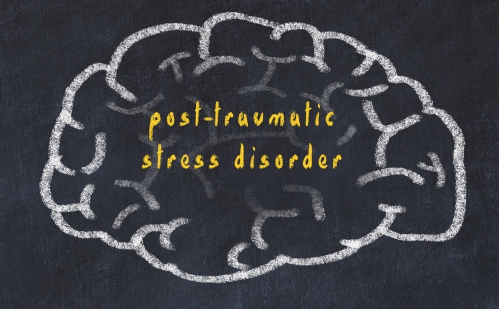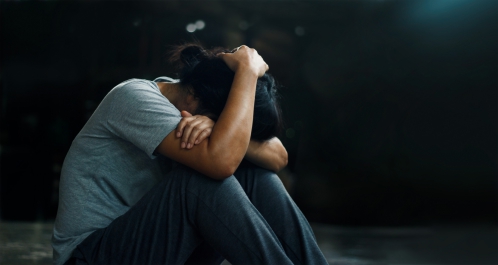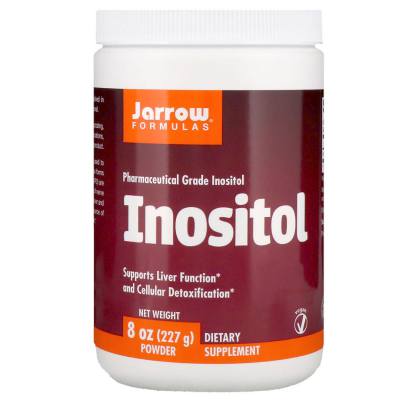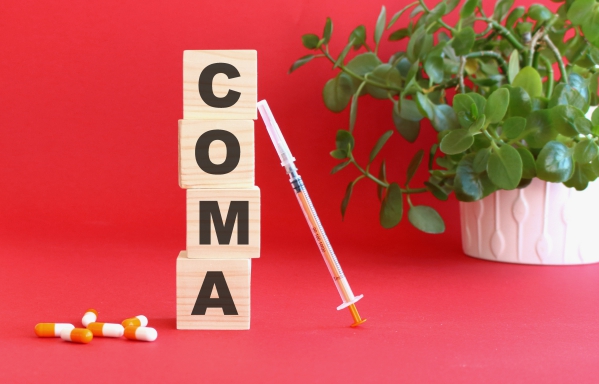What is post-traumatic stress disorder?
Post-traumatic stress disorder (PTSD) is a mental health issue that arises when you have experienced or witnessed a very troubling situation. This result in symptoms such as severe anxiety, nightmares, behavioural changes and flashbacks. Everyone may have a bad experience in life. However, the effects caused by it is usually temporary. In PTSD, these symptoms may persist for months or even years which affects your activities of daily living. Examples of situations that may result in PTSD include serious car accidents, warfare, sexual assault and child abuse amongst others.
In the United States, as many as 60% of men and 50% of women experience a traumatic event in their lifetime. However, most of them will not develop PTSD. Around 8% of these people may develop PTSD. In addition, it is more common in women than in men.
What are the causes and risk factors of post-traumatic stress disorder?
PTSD mainly occurs when you have experienced or witnessed a life-threatening condition or a troubling situation. Among these people, not everyone will develop PTSD. However, there are some factors which may increase your risk of developing PTSD and these include:
- Stressful experiences: The more severe and troubling the situation is, the more at risk of developing PTSD you are.
- Family history of mental issues: Having a parent, sibling or yourself affected by mental problems such as anxiety or depression, increases your risk of developing PTSD.
- Sex: Women are more at risk of developing PTSD than men.
- History of traumatic exposure: If you have experience or witness a traumatic event in the past, increases your risk of developing PTSD.
- Lower socioeconomic status: People in this category often experience more hardships and troubling situations which make them more prone to develop PTSD.
- Less education or lower intelligence: Having less education may increase your risk of developing PTSD as you may lack some useful skills or knowledge about how to cope with these kind of situations.
- A difficult childhood: Having a difficult childhood whether it be due to the divorce of your parents, loss of a parent or child abuse, increases your risk of developing PTSD.
- Dissociation at the time of the traumatic event.
- Palpitations right after the traumatic event.
- Having financial problems.
- Lack of social support: People who do not have support from family members or friends are at increased risk of developing PTSD.
- Substance abuse: Taking illicit substances or drugs increases your risk of developing PTSD.
- Alcohol abuse

Examples of events which may result in PTSD include:
- Plane crash
- Serious car accident
- Warfare exposure
- Child abuse
- Sexual assault
- Physical assault
- Kidnapping
- Fire
- Natural disasters
- Mugging
- Robbery
- Torture
- Terrorist attack
- Serious medical diagnosis

What are the signs and symptoms of post-traumatic stress disorder?
The signs and symptoms of PTSD may occur after 1 month of the event but can also occur after some years. The signs and symptoms may be grouped into avoidance, intrusive memories, negative changes in your thinking & mood and changes in emotional & physical reactions.
Avoidance
Symptoms of avoidance include:
- Attempting to avoid talking or thinking about the traumatic event.
- Avoiding activities, people or places which may remind you of the traumatic event.
Intrusive memories
Symptoms of intrusive memories include:
- Nightmares about the traumatic event.
- Reliving the traumatic event (Flashbacks).
- Severe physical reactions or emotional distress whenever you think about the traumatic event.
Negative changes in mood and thinking
Symptoms of negative changes in mood and thinking include:
- Negative thoughts about the world or yourself.
- Relationship problems.
- A sense of hopelessness.
- Feeling a distance between friends and family.
- Lack of interest in activities or things you once enjoyed.
- Emotionally numb
- Difficulty experiencing positive emotions.
- Suicidal thoughts.

Changes in emotional and physical reactions
Symptoms of changes in emotional and physical reactions include:
- Always being on guard for danger.
- Difficulty to find sleep.
- Being easily frightened or startled.
- Alcohol abuse.
- Substance abuse.
- Reckless driving.
- Difficulty to concentrate.
- Aggressive behaviour or irritability.
- Excessive guilt or shame.
Making a diagnosis
To make a diagnosis, your doctor will take a detailed history from you to know more about your symptoms. After the history taking, your doctor may perform a physical examination to look for signs of PTSD. There are several self-administered tests available which come in the form of questionnaires or checklists and these include:
- Distressing Events Questionnaire (DEQ)
- PTSD Checklist for DSM-5 (PCL-5)
- Screen for Post-traumatic Stress Symptoms (SPTSS)
- Trauma Symptoms Checklist-40 (TSC-40)
- Trauma Symptoms Inventory (TSI)
PTSD is diagnosed clinically. That is, no laboratory or imaging tests are useful in the diagnosis. A proper history taking is often enough to make the diagnosis.
What are the treatments of post-traumatic stress disorder?

The treatment of PTSD involves mainly psychotherapy and medications.
Psychotherapy
Psychotherapy is also known as talk therapy whereby your psychiatrist teach you how to cope with the traumatic event and symptoms. In addition, your psychiatrist will also help you to develop stress management skills in order to help you cope with future stressful events or situations. The psychotherapy used for PTSD include:
- Exposure therapy: This behavioural therapy is especially helpful for nightmares and flashbacks. It enables you to safely face the memories and situations that you tend to avoid.
- Cognitive therapy: This therapy enables you to realize and identify the cognitive patterns (ways of thinking) that are preventing you from moving forward.
Medications
The medications used in the management of PTSD include:
- Antidepressants: These drugs are used to relieve your anxiety and depression. It also improves your concentration and sleep issues. This class of drug is known as Selective Serotonin Reuptake Inhibitors (SSRI) and an example is paroxetine.
- Benzodiazepines: These drugs are also known as anti-anxiety drugs. It may help with sleep difficulty and reduce stress. However, as it is an addictive drug, it is carefully prescribed and used for only a short period of time.
What are the complications of post-traumatic stress disorder?

If PTSD is left untreated, the following complications may ensue:
- Depression
- Severe anxiety
- Eating disorders
- Suicide
- Relationship problems
- Poor quality of life
- Violence which may result in incarceration
Prognosis
The prognosis depends on several factors such as the severity of your stress, anxiety and depression. In addition, the lack of support from families and friends will reduce your rate of recovery. Seeking medical advice early is key to prevent the onset of complications and increase the rate of recovery.
Source:
J. Alastair, I. and Simon, M., 2016. Davidson's Essentials of Medicine. 2nd ed. London: ELSEVIER.
Parveen, K. and Michael, C., 2017. Kumar & Clarks Clinical Medicine. 9th ed. The Netherlands: ELSEVIER.
Gore, A., 2020. Posttraumatic Stress Disorder: Practice Essentials, Background, Etiology.
Gore, A., 2020. Posttraumatic Stress Disorder Clinical Presentation: History, Physical Examination, Mental Status Examination.
Sareen, J., 2020. Posttraumatic Stress Disorder In Adults: Epidemiology, Pathophysiology, Clinical Manifestations, Course, Assessment, And Diagnosis.








